Experimental technique available for children and adults
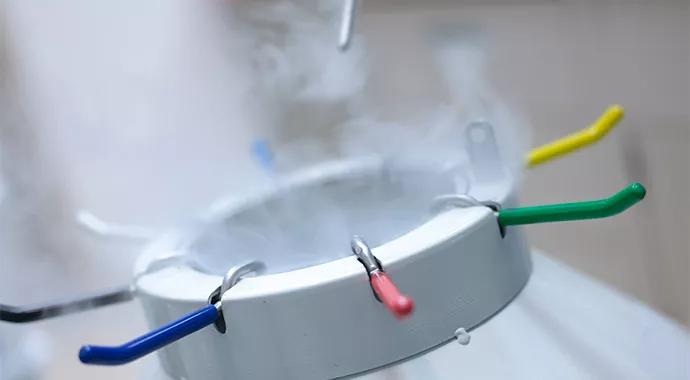
Cleveland Clinic is a non-profit academic medical center. Advertising on our site helps support our mission. We do not endorse non-Cleveland Clinic products or services. Policy
Many women diagnosed with cancer in the United States are of reproductive age. As treatments become increasingly effective, more women are surviving their cancers and subsequently pursuing childbearing. Unfortunately, the agents involved in effective cancer treatment are also often damaging to the ovaries and their use can result in menstrual dysfunction, infertility or premature menopause.
Until recently, women undergoing gonadotoxic chemotherapy had few options for fertility preservation. The gold standard, egg and embryo freezing, cannot be used for prepubertal girls and is not an option for adult women who must pursue immediate treatment for their cancers. Ovarian stimulation for egg and embryo freezing requires a delay of several weeks and involves heightened hormone levels, which are not advised for certain kinds of tumors.
In the last few decades, ovarian tissue freezing has emerged as a promising approach to fertility preservation. Instead of a small number of eggs or embryos, frozen ovarian tissue may contain thousands of viable oocytes.
The American Society of Reproductive Medicine still considers ovarian tissue cryopreservation to be experimental in humans and this procedure can only be performed under an Institutional Review Board-approved protocol with detailed informed consent. To date, at least 26 live births have been recorded worldwide using this technique. Cleveland Clinic now offers ovarian tissue freezing for pediatric and adult populations.
With this procedure, ovarian cortical tissue is harvested (often using minimally invasive surgical techniques) and frozen in small pieces. The blood supply to the medulla of the ovary (which is left in situ) is carefully preserved.
This procedure can be performed as a same-day surgery with rapid recovery and no delay in chemotherapy. It can also be easily performed on children and/or combined with other procedures under anesthesia (such as Mediport placement). Children require special ethical consideration and informed consent can be obtained from both the parent and the child (when appropriate).
Once the patient has recovered from cancer treatment and is ready to pursue fertility, the ovarian tissue can be transplanted back into the individual, either in the location of the ovary (orthotopic transplantation) or in alternative locations (heterotopic transplantation). Several fine sutures are used to secure the strips of ovary, which can then develop a healthy blood supply in a number of different locations.
Transplantation typically results in resumption of normal endocrine and reproductive function within several months. Opportunities exist for assisted reproduction or spontaneous pregnancy. Unlike other grafts, because ovarian tissue transplantation involves the original host, no special medications or immunosuppressants are needed.
As in vitro maturation (IVM) of immature oocytes becomes a more viable technique in the embryology lab, it is possible that thawed ovarian tissue could be used for IVM without requiring reimplantation at all. Indeed, the risk of malignant contamination of the ovarian tissue is a concern with this type of transplant (especially with hematologic malignancies); therefore there is ongoing research to determine the best method for salvaging viable oocytes from affected ovarian tissue.
Although this technique was developed for patients with malignancies, it has wider applications. In addition to being the only option for children, it is appropriate for patients with autoimmune disorders (e.g., lupus erythematosus) or hematologic disorders that require chemotherapy or stem cell transplant.
Patients undergoing risk-reducing oophorectomy for BRCA carrier status may also desire to freeze ovarian tissue. Finally, ovarian tissue freezing is available on an elective basis for healthy women who wish to delay childbearing, with the understanding that this technology is experimental.
Ovarian tissue freezing provides an opportunity for fertility preservation to patients who might not otherwise have any options. It offers an alternative to ovarian stimulation for adult women who prefer to avoid it. We are pleased to offer this service for those who need it.
Dr. Flyckt is an associate staff member of Cleveland Clinic’s Department of Obstetrics and Gynecology and Director of the Fertility Preservation and Cancer Program.
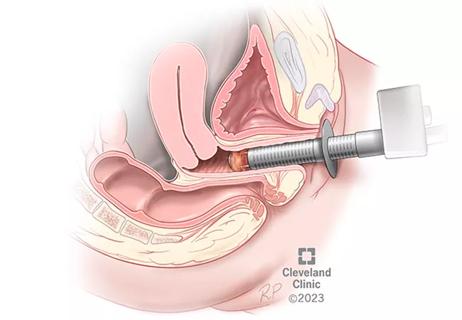
Treatment being offered in cases where medical and hormonal management was not successful
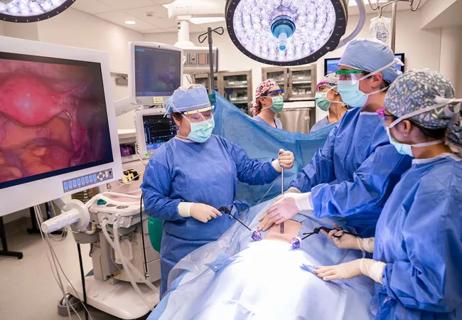
Standardizing obstetrics and gynecology education while promoting patient safety
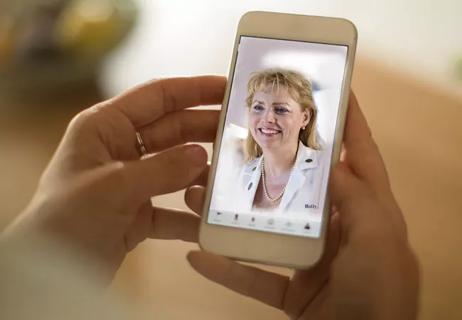
High physician/patient convenience and satisfaction cited

Automated visual evaluation of the cervix
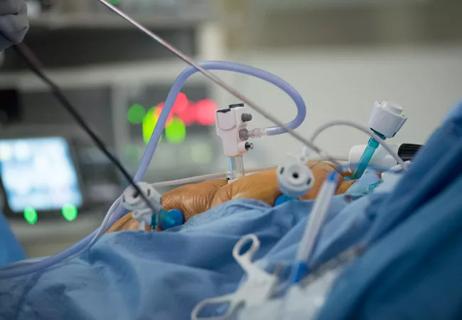
Don’t miss this educational opportunity
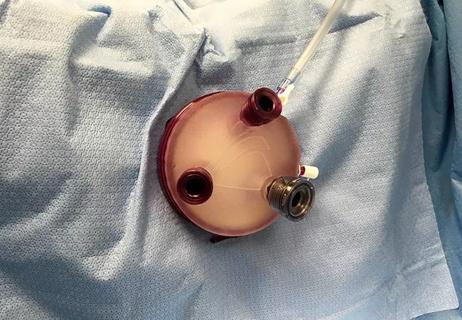
The next evolution in MIS is coming sooner than you think
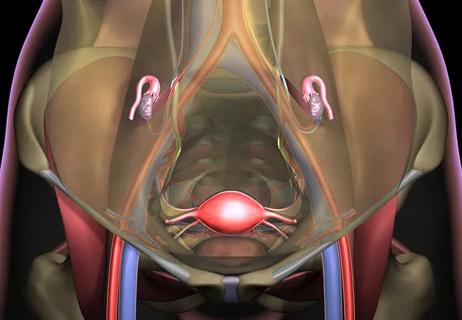
Limit radiation damage to ovaries without removing them
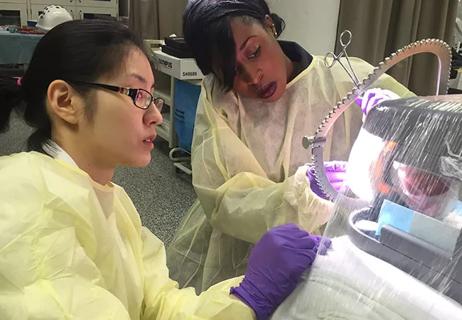
Trainees no longer need to “practice” on patients